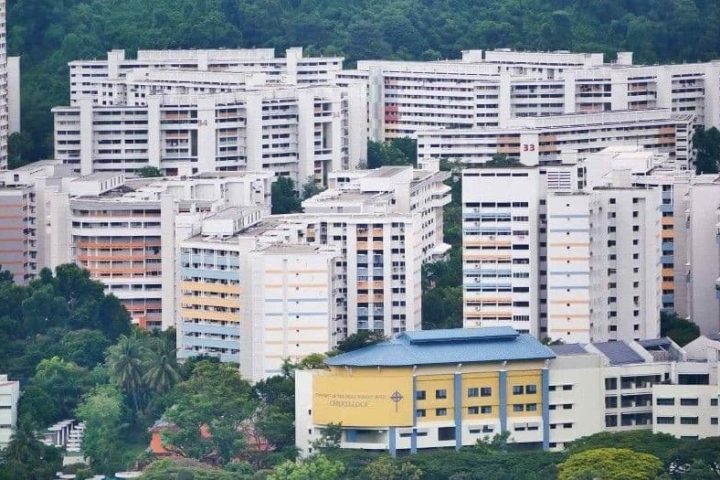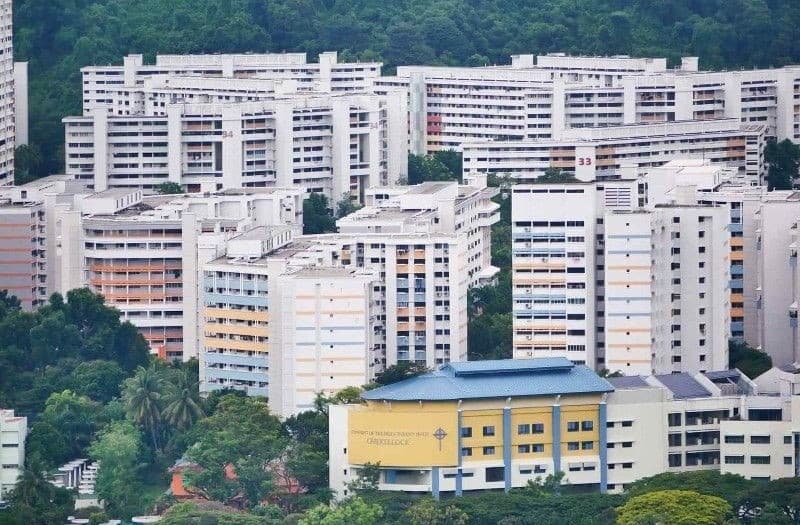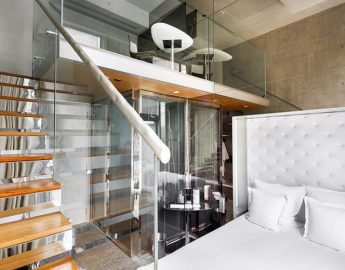The journey from an HDB flat to a private condominium represents a major financial and lifestyle milestone. Yet, a common hurdle often arises: securing the down payment for the new condo before the proceeds from the HDB sale are released. This time-sensitive financial gap is precisely what a bridging loan is designed to address.
Consider this loan a financial stopgap—a temporary advance that provides the immediate liquidity needed to commit to your new property without the protracted wait for your existing flat’s sale to conclude.
What Role Does a Bridging Loan Play?
A bridging loan is classified as a short-term, temporary debt facility crafted to link the financial timeline of two separate property transactions. For HDB owners who are upgrading, it serves to finance the required deposit on the new condominium while the capital from the sale of the existing flat is still pending.
This type of loan is secured primarily against the expected net sales proceeds and/or CPF funds that will be generated from the HDB sale. It’s crucial to understand that it is not a substitute for a long-term mortgage. The term is typically brief, often capped at six months, and the full loan amount is mandated to be settled as a single, complete payment immediately upon the HDB sale completion.
The Operational Flow: HDB to Condo Upgrade with Financing
The successful use of a bridging loan in an upgrade scenario typically follows a three-step sequence:
- Securing the New Condo: Once a condominium unit is chosen and the Option to Purchase (OTP) is signed, the booking fee is paid. This is swiftly followed by the settlement of the remaining downpayment portion. The total downpayment for a private residence in Singapore is generally 25% of the purchase price, with at least 5% required in cash. The outstanding 20% can be funded through cash or CPF savings.
- Committing to the HDB Sale: A buyer for the HDB flat must be finalized and the sale OTP signed. This step is a necessary precondition for most banks to approve the bridging loan, as it establishes a concrete source for repayment. In some instances, the sale agreement is required to be executed before the loan is granted.
- Activating the Bridging Loan: The application for a bridging loan is initiated with a financial institution. The loan amount approved is directly proportional to the anticipated net proceeds and CPF refunds from the HDB sale. Once the HDB transaction is finalised and the funds are received, the full amount of the bridging loan is repaid using these proceeds.
Types of Bridging Loans Available
Bridging facilities generally fall into two categories, differentiated by how the interest component is managed:
- Deferred Interest Arrangement: Under this structure, the interest accrued on the bridging loan is not paid on a monthly basis. Instead, it is consolidated with the principal amount, and the entire sum is cleared in one payment at the end of the loan period. This setup is often preferred by those who wish to avoid servicing two concurrent loan payments (the existing HDB loan and the bridging interest).
- Monthly Interest Payment: This alternative requires the borrower to make regular monthly interest payments throughout the loan tenure. The core principal is then repaid in a lump sum once the HDB sale funds are received. While this demands more rigorous short-term cash flow management, it may result in a lower aggregate interest expense.
Pre-Loan Checklist: Key Factors to Evaluate
Before proceeding with a bridging loan, several financial timelines and regulations must be carefully assessed:
The Cash Flow Timing Discrepancy
A bridging loan exists to synchronize the timing between receiving funds and needing to spend them:
- HDB Cash Proceeds: The actual cash from your HDB sale is typically received on the day of completion, often via a banker’s cheque or direct transfer.
- CPF Refunds: The money previously drawn from your CPF Ordinary Account (OA), along with accrued interest, is returned to that account. This can take up to two weeks after the HDB sale is completed. The funds must be fully reinstated in your OA before they can be applied to the new condo purchase.
The bridging loan therefore functions as an essential, temporary cash advance on both your expected cash and CPF refunds, enabling the new property’s downpayment and associated costs to be covered before the HDB sales proceeds are fully disbursed.
Loan Qualification and Quantum
Qualification for the loan is inherently tied to the sale of the existing HDB flat. Banks require a signed HDB OTP to accurately estimate the available proceeds. The maximum borrowing amount is usually capped at the level of these projected proceeds and your accessible CPF funds.
Rates and Associated Expenses
Bridging loans typically carry higher interest rates compared to standard long-term mortgages, with rates often in the range of 5% to 6% per annum. While the tenure is short, it is critical that the total interest cost and any administrative fees are fully understood.
Total Debt Servicing Ratio (TDSR) Impact
When financing a new condominium, your Total Debt Servicing Ratio (TDSR) will be evaluated. This regulation restricts a borrower’s total monthly debt payments to 55% of their gross monthly income. Even though a bridging loan has a brief duration, it may be included in the TDSR assessment, potentially influencing the largest mortgage amount you can secure for the new condo.
Final Assessment of Options
A bridging loan offers HDB owners a powerful financial mechanism to facilitate an upgrade to a private condominium by providing immediate cash flow relief. While it is a costly, short-term measure, its utility in bridging the financial void until sales proceeds are recovered is undeniable. For tailored advice on structuring your upgrade path, consultation with a trusted mortgage advisor like The Loan Connection is recommended.






















 10 Best House Cleaning Services in Singapore (2025 Update)
10 Best House Cleaning Services in Singapore (2025 Update)  10 Best Aircon Services in Singapore for 2025
10 Best Aircon Services in Singapore for 2025  10 Best House Movers in Singapore for 2025
10 Best House Movers in Singapore for 2025  5 Best Sofa Cleaning Services in Singapore for 2025
5 Best Sofa Cleaning Services in Singapore for 2025  The 7 Most Romantic Restaurants in Singapore for 2025
The 7 Most Romantic Restaurants in Singapore for 2025  10 Best Maid Agencies in Singapore with Proven Track Records for 2025
10 Best Maid Agencies in Singapore with Proven Track Records for 2025  Looking for Pavona
Looking for Pavona  Cirque Le Soir takes over Halloween at CÉ LA VI Singapore
Cirque Le Soir takes over Halloween at CÉ LA VI Singapore  Understanding Bridging Loans: What HDB Upgraders Need to Know When Moving to a Condo
Understanding Bridging Loans: What HDB Upgraders Need to Know When Moving to a Condo  Solo Travel and Mental Health: Discovering Wellness Through Independence and Adventure
Solo Travel and Mental Health: Discovering Wellness Through Independence and Adventure  5 Ways to Improve Your Business’s Energy Efficiency
5 Ways to Improve Your Business’s Energy Efficiency  5 Best International Buffets in Singapore to Eat Like A King for 2025
5 Best International Buffets in Singapore to Eat Like A King for 2025  7 Amazing Rooftop Bars In Singapore With Stunning Views for 2025
7 Amazing Rooftop Bars In Singapore With Stunning Views for 2025  5 Best Buffet Caterers in Singapore: Best Food & Services for 2025
5 Best Buffet Caterers in Singapore: Best Food & Services for 2025  7 Best Nightclubs in Singapore to Dance till Dawn for 2025
7 Best Nightclubs in Singapore to Dance till Dawn for 2025  7 Best Bowling Centres in Singapore to Knock down Some Pins for 2025
7 Best Bowling Centres in Singapore to Knock down Some Pins for 2025  10 New and Upcoming Attractions in Singapore for 2025
10 New and Upcoming Attractions in Singapore for 2025